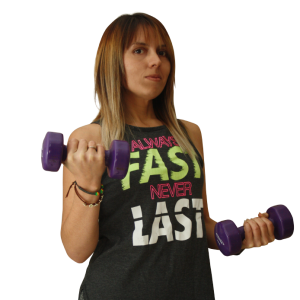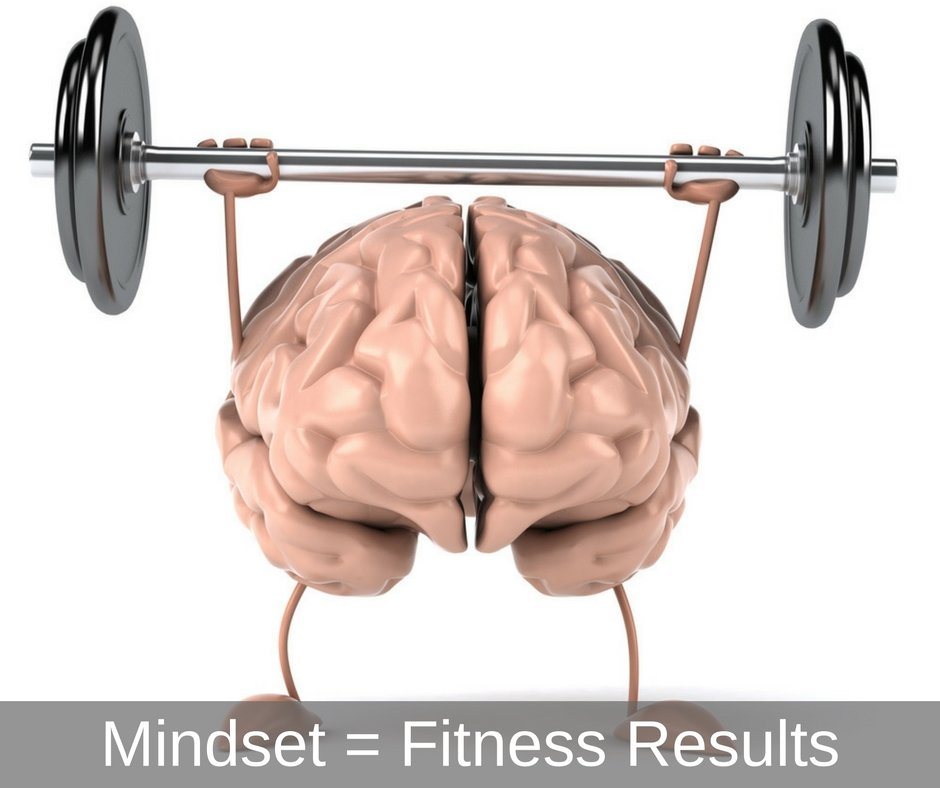
It’s almost end of January, and you may feel like a fitness failure.
Join the gym, find a yoga class or lose 10 kg? …..Not a chance.
Go from couch to 5K? …..Still on the couch.
Achieve that feeling of euphoria your friends say they get after spinning class? …..It’s still Greek to you.
Instead of calling it quits for the year, what if you resolved to change your fitness mindset and stick to your goals?
Research suggests that 50% of people starting an exercise program will drop out within the first 6 months!
Successfully reaching most fitness goals takes time, effort and dedication; concepts that are becoming seemingly foreign in today’s “I want it now” culture. For example, losing fat or gaining muscle are both generally slow processes that require notable caloric expenditure, intelligent caloric intake and specific exercise stresses. Many people love to entertain the thought of pursuing such goals, but when it comes down to taking on the actual work that must be engaged, as well as setting realistic objectives – the allure of the challenge can swiftly dissolve. Poor exercise adherence or completely giving up on a fitness goal is often based on physiological and psychological factors that limit success. The following are among the top contributors to “fitness failure”:

Setting unrealistic goals
This is one of the most common mistakes. Setting an unrealistic goal is the easiest way to pave the road to discouragement. If weight loss is the goal, make sure you have a genuine understanding of the negative caloric balance that must be maintained. For example, just 0.5kg weight loss in a week theoretically requires a negative caloric balance of 500 calories a day.
Not establishing short-term goals
If you don’t know where you started, or where you are now, how on earth do you know if what you are doing is working? You must measure your progress and keep tabs on how things are progressing. Failing to do so often leads to us giving up because we think that we’re not making progress. Who knows if we actually are? When you are measuring, you are empowered. The data will tell you if you are doing the right thing or not. If you’re not seeing the results that you want, it doesn’t mean you have failed. It means you need to make some changes. Without tracking, you will not know this, and will feel helpless.
The best way to take on a challenging long-term goal, is to break it down into multiple short-term goals. This allows you to check on your progress down the road to see if you are on track – or if you need to modify an aspect of your program to get back on track.
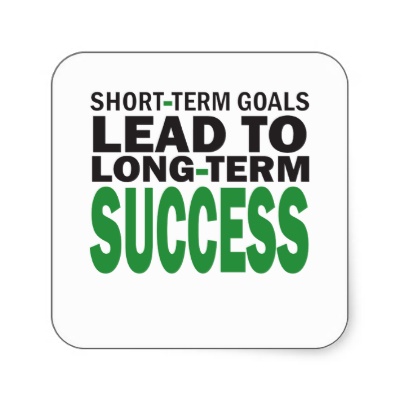
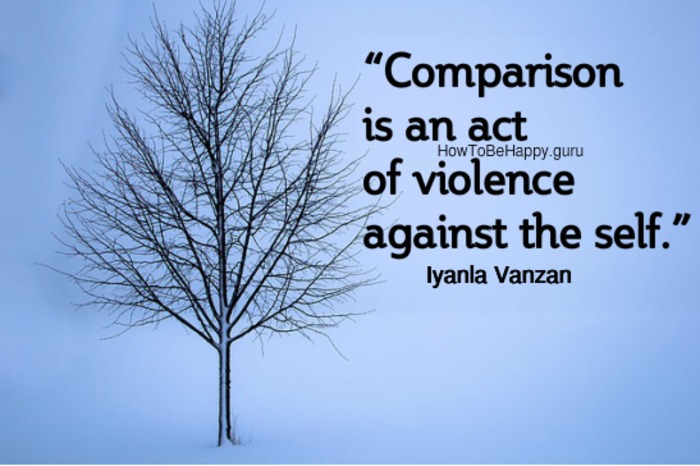
Comparing yourself to other people
The rapid increase of social media and the constant streaming of media-imagery displaying “perfect people with perfect bodies” can create great frustration among those who do not fit the “perfect body type mould”. Each person has different skills, strengths, weaknesses and capacities, so comparing yourself to others often makes little sense. Furthermore, there are fitness enthusiasts who desire to engage in very high-intensity training all the time. A common theme nowadays is “go big or go home”. This certainly does not reflect the best interests of every person, as people will have slightly different goals (even if they are essentially working on the same thing). If you see another person doing an exercise that looks like it would qualify them as an acrobat in the circus – that does not mean you need to be able to do it too! If you’re following advanced training principles and doing all kinds of funky workouts, but failing to eat enough calories, you are not going to build much muscle.
If you’re only eating organic, farm raised Mongolian mountain food, but you’re eating 5,000 calories, you are not going to lose weight.
It’s great to get advanced plans and really focus on the specifics, but it has to come secondary to the basics.
So many people are training hard and trying to eat well, but failing to drink enough water or sleep at night. You have to get your priorities in order and do the things that are going to have the biggest impact first.
Advanced routines are for advanced people. If you’re in your first 3 years of consistent training, you just need to do the basics and remain consistent. Consistency will always be the key to success.
The best way to take on a challenging long-term goal, is to break it down into multiple short-term goals. This allows you to check on your progress down the road to see if you are on track – or if you need to modify an aspect of your program to get back on track.
Negative thinking
The power of mind over matter comes into play here. Positive thinking is critical to success in almost any endeavour and negative thinking often has an opposite effect. Positive thinking and imagery are used by elite athletes for a reason – it is known to improve performance and training outcomes. The impact of emotion on physical performance has been clearly demonstrated, so follow the science and keep an optimistic and determined outlook to increase your chances of success.
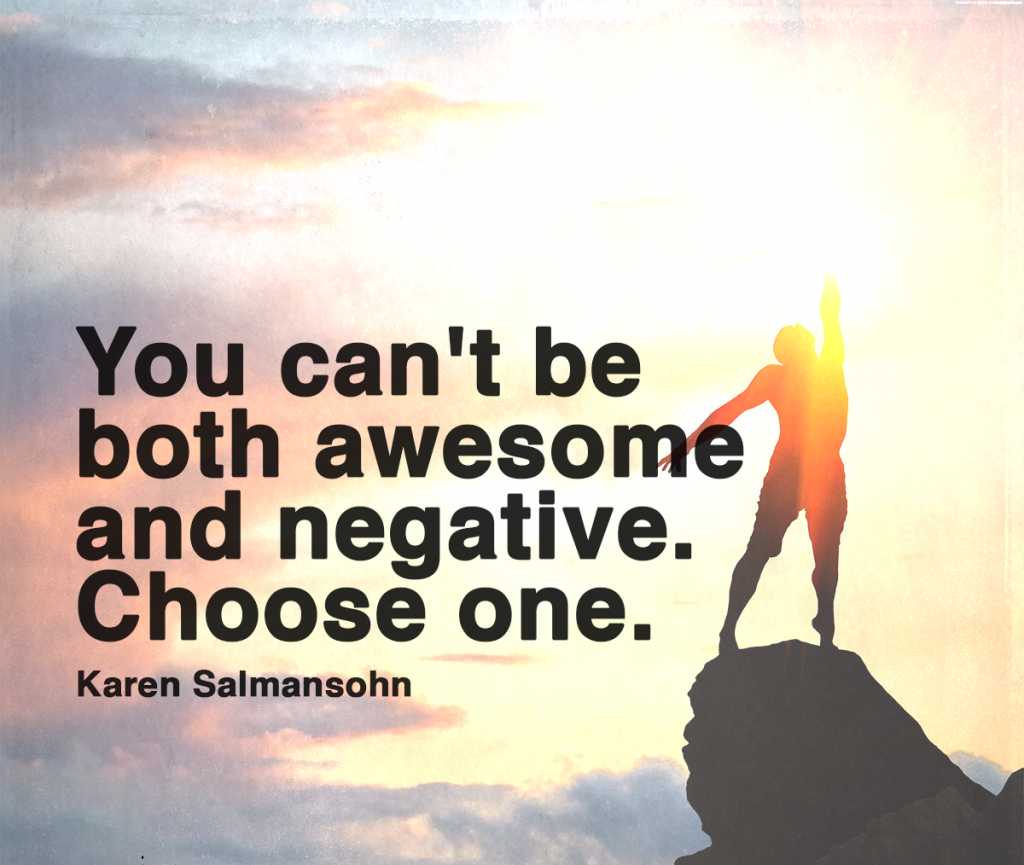
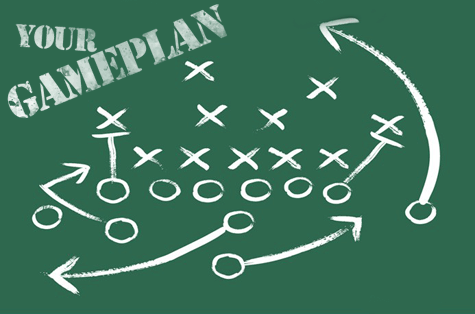
Lacking a total game plan
Everything you do in the weight room can be sabotaged by what you do outside of the weight room. You’d be surprised how many people have stated goals, but are doing things which clearly do not take them towards those goals.
As an example – and I’m sure this will not be news to you – you cannot out train a bad diet if you are trying to lose weight. You don’t expect your car to respond to the wrong fuel, so how can you expect your body to respond to the wrong food? You should be following a meal plan with a strong nutritional balance. Failure to eat right when training intensely can result in the loss of muscle. The solution is following a healthy plan. You should be reading labels and avoiding extreme diets. Stay in the middle of the road.
Trying to go to the gym and burn calories, while continuing to eat donuts for breakfast is simply going to frustrate you. You do not have to be completely robotic and never eat the foods that you like again, but you need to recognize how your actions are going to impact your results and align what you’re doing with what you want.
Most fitness goals must be tackled with a multi-factorial approach, where the workouts as well as optimal nutrition and avoiding unhealthy lifestyle behaviors will ensure that you achieve your goals. Consuming processed junk food and/or alcohol after an intense workout can have a significant impact on the benefits obtained during your training session. Regardless of the amount of time you spend in the gym, if you don’t eat smart, then you will NEVER lose weight.
Time/priority issues
This can be a major obstacle for some people with time-consuming family and occupational-responsibilities. The key is to make the fitness goal a life priority, and to see what you could possibly do without (e.g., TV time with your favorite shows). For most people, fitness should be made a habitual component of daily life to optimize results. For those with the most relentless schedules, remember that training sessions can be split into multiple, smaller time segments – or the intensity can be increased (when appropriate) to get more done in a shorter time frame. Its really the failure to prioritize your workout above everything else. You need to take a closer look at how much time you really need. Yes, exercising four to five times a week for 30 minutes will get you big results, but you will also see some results by investing less time than that. Save the excuses for your boss, but be honest with yourself. Put together a set of basic equipment (dumbbells, bench, body weights) to eliminate the travel time of going to a gym. You don’t need a lot of equipment to workout at home.
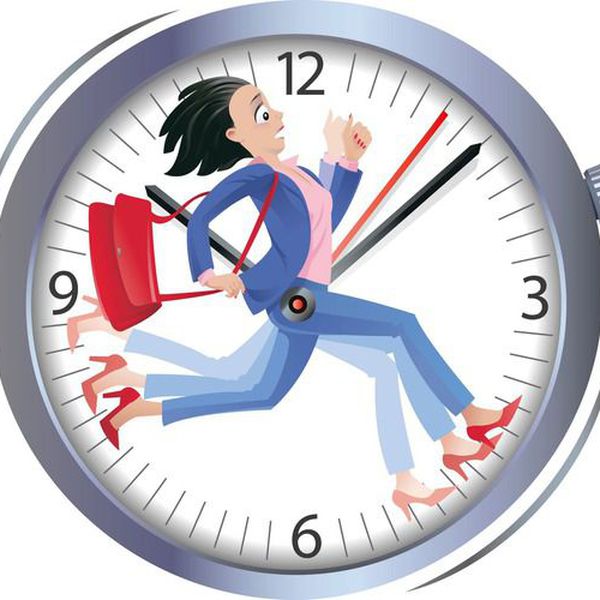

Not being informed
It does not matter how good your game plan is if you don’t know what needs to be done to reach your goal. For example, if you are trying to maximize hypertrophic gains, you will probably see very little gains if you only train three times each week, in which you only train each muscle group one time. In this case, optimal hypertrophy gains would be better obtained by training each muscle twice a week via greater training frequency. We’ve all seen that gym rat wandering from station to station, month after month, looking as if he hasn’t made any progress. You don’t want to be that guy… or girl. Educate yourself. Use pre-tested exercise programs. Read a book or two. Get into some magazines. Learn something about working out so you don’t go aimlessly from machine to machine and exercise to exercise. A lot of people in the gym are simply not working hard. Turning up consistently is important, but you also need to put in the work while you’re there.
Leave your phone in the locker and focus on working hard. Keep the rest periods short, push your body and always try to do a little bit more than you comfortably want to. It will pay dividends over time.
Find a training partner or personal trainer that can push you. You will always work harder with someone else watching over you. The final 10% is the most important 10%. Every rep that is outside your comfort zone is worth 10 reps that are inside your comfort zone.
You’re lying to yourself
How many times have you planned to train this week? How many calories have you planned to eat? How many have you actually done?
Lots of people are simply not following the plan, but do not admit it to themselves. They think they’re doing the right things because they’re very strict on their diet Monday – Friday. However, when a little digging shows that at the weekend it becomes a free-for-all and you consume 7,000 calories, it’s little wonder you haven’t seen the outcome you hoped for.
Being blind to your ‘mistakes’ does not help you. You have to be honest with yourself and accurately assess what you are doing. Failing to be honest with yourself will lead to failing to see the results that you hope for. The easiest way to be honest with yourself is to track everything. Yes, it can be annoying. So what?You are either prepared to do what it takes to meet your goals, or you’re not. It’s OK if you are not prepared to do the work. Just re-adjust either your goals or your motivation, to save the endless frustration.
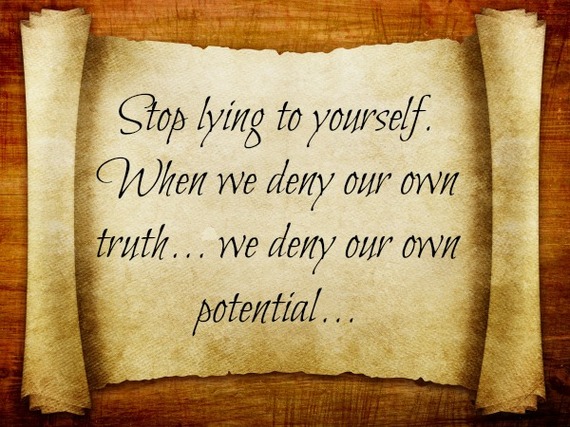

Not eating enough
Yep, this one sounds crazy as hell! And, believe me, I didn’t understand it either. But, you MUST eat the proper food in abundance. There’s a substantial difference between two cups of broccoli and two cups of fried chicken.
How to fix it!
Remember fitness is a skill, NOT a talent.
As a personal trainer and the founder of Fit2U.co.za, I’ve been exposed to the success stories and fitness challenges of countless people. When they fail to meet their fitness goals, people often tell me that they don’t have natural talent. Instead, they should think of fitness as a skill to be refined and improved upon.
Despite these success stories, most people fail at fitness and obesity rates are increasing. Yet, if people understood the secret to fitness, success would eventually be inevitable. You see, the one thing that I hear the most is “If I just had the motivation…” People think that the secret to making a successful fitness transformation is about finding motivation. They think motivation is like some sort of fitness Tinker Bell that you can pull out of your pocket at any time. She’ll sprinkle magic pixie dust and make you instantly hate the taste of pizza and love the treadmill! NO!!!
You know who does have motivation? Your average Joe who joins a gym in January. He’s motivated as hell. Sadly, he doesn’t stick around come March. He stops going to the gym, feels guilty and then blames his lack of willpower. Little does he know fitness success is not about motivation. Motivation is momentary and unreliable. Most importantly, it’s not a skill that you can improve. The truth is that despite the fact, everyone is capable of achieving his or her ideal physique. So what’s the secret? It’s realizing the following:
Fitness Is as Much of a Skill as Riding a Bicycle or playing the piano.
But first, let’s talk about an important concept—mindset. In psychology, people can be bucketed into two different mindsets—a fixed mindset and a growth mindset. Those with fixed mindsets believe that success is based on natural talent. You’re born with these characteristics, and you either have them or you don’t. Failures—such as the failure to follow a diet—are the result of a flaw in character, such as self-control, discipline, or intelligence.
Those with a growth mindset believe that success is reliant upon improving their different skill sets. That is, through hard work, learning, and experience, these people can improve their success in different facets of life. Some subjects, like riding a bicycle, are universally seen through a “growth” lens. If you fell and scraped your knee the first time you attempted riding a bike, you wouldn’t say, “Something is horribly wrong with me. I don’t have the willpower and discipline required to ride my bike,” would you? That would be silly. Instead, you’d realize that you just haven’t fully developed that skill yet. You’d think about why you fell. Perhaps you didn’t know how to navigate your bike through new terrain, such as a bumpy road or a patch of grass.
Unlike riding a bicycle, however, fitness is almost always seen through the lens of a “fixed mind-set.” When people slip up on their diets, they automatically beat themselves up for being undisciplined and lazy, rather than think about why they slipped up and how to prevent this same mistake in the future.
Unfortunately, those with a fixed mind-set try to “brute force” their success with willpower, which is a recipe for failure. That’s because willpower is a finite resource; relying on it will not lead to success. Once you see fitness as any other skill that needs practice to perfect, it WILL become easier.
The Five Skills of Fitness
If fitness is a skill, then by definition, it can be improved by improving its component skills. Let’s take a look at what they are and how to improve them.
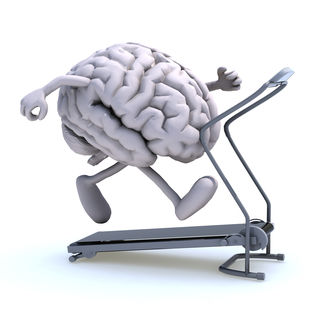
Knowledge
Knowledge is simply the evidence-based understanding behind training and nutrition. It allows us to create a plan and execute on it. Knowledge can be either basic, like understanding the principle of calories and how they impact your weight, or it can be relatively advanced. You can improve your knowledge by reading sites like this one. Find a credible fitness pro to trust, and absorb their encyclopedic knowledge.
Beware, however. Knowledge of nutrition and fitness is very important, but it can be used to mislead in a self-contradictory way. There is more information about fitness now than ever, thanks to increasingly-easy access to scientific research because of resources. Because of this, knowledge is often glorified and romanticized. A touch of truth can be exaggerated into a misleading fitness tip. Many, in fact, actually think that knowledge is the only fitness skill, a fatal mistake when it comes to improvement. Knowledge can easily be overdone. After all, what good is understanding the optimal meal timing to optimize muscle protein synthesis if you cannot, say, stop binge eating. But this is where mindfulness comes into play.
Mindfulness and Self-Awareness
Mindfulness is the examination of your feelings, surroundings, and being self-aware. For example, below is a common conversation with a client.
Client: “I fell off the wagon yesterday and messed up my diet. It was bad. I binge ate and just ate everything in site.”
Me: “Can you elaborate? What happened and what triggered it?”
Client: “I ate everything… like I failed epically and had no self-control.”
Me: “Hahaha, no silly. I mean what were you feeling before the point of binging? What triggered this feeling?”
Client: “Huh? No I just messed up.”
In the conversation above, the client sees a binge as a failure without any underlying context. They’re actually confused by the fact that you can elaborate on a binge. An interesting thing that I’ve noticed about failing in fitness more so than any other area is that people do not learn from their mistakes. In other subjects, such as business or relationships, people look for patterns so that they don’t make the same mistakes again.
Me: “Think back. What were you feeling at the time? What caused that pattern?”
Client: “Well, let’s see… on training days you have my calories at about maintenance. I actually ate 50 calories above maintenance and I figured I screwed up anyway. That made me feel anxious. Eating everything in sight was a way to cope with that anxiety.”
By practicing mindfulness, the client eventually broke down their binge into discrete events and related them back to the decisions that were made. We objectively agreed that going 50 calories over maintenance is hardly a slip up. The next time this client sees this same pattern, she can use previous experiences to disrupt her usual course of action. Think of this self-awareness as fitness wisdom. It’s the ability to learn about yourself and your feelings. Without it, you wouldn’t be able to learn from your mistakes.


Self-Compassion
What are the typical feelings of someone who messes up on their diet? Hate. Guilt. Self-loathing.
For many people who have never been able to lose weight, their failures have created a lifetime of these feelings. Yet they keep trying over and over again, often relying on willpower to overcome their deficiencies. Each time, they face the same disastrous outcome.
The solution for these folks is to think of fitness as a skill, and research has shown that developing self-compassion allows people to do just that. Those who show self-compassion forgive themselves for their mistakes so that they can try again. While this is slightly “cliché”, think of self-compassion as “the skill that allows you to think of fitness as a skill” and therefore something that can be improved. The next time you mess up, cut yourself some slack, then focus on mindfulness to figure out what went wrong.
Humility
The first time I heard users of “Intermittent Fasting” mention that “Breakfast is not that important,” I was outraged. Seriously??? Everyone knows that breakfast is obviously the most important meal of the day. Think of a time that someone credible presented fitness information contradictory to what you knew to be true. You were probably angry, no? What you felt is what I affectionately call FitMed rage. (It’s usually displayed by an “internet warrior” in a fitness forum of some sorts.) It turns out that this reaction is normal. Research has shown that when people’s deepest convictions are challenged by contradictory, credible information, they actually cling on to their existing beliefs even harder.
Personally I later found out that this person was correct. I started skipping breakfast and was rewarded for doing so; as an entrepreneur who works 80+ hours/week, skipping breakfast has added countless hours to my productivity. (However there are considerations to suboptimal muscle protein synthesis, but I’m not willing to make that trade-off and abandoned the habit of skipping breakfast) The only way that I was able to realize that was showing humility—suppressing my ego and being open to the possibility that I was wrong. The more you learn about fitness (or any other skill for that matter) the more you realize the amount that you don’t know. Humility is the skill that gives you the motivation to improve all other skills. Without it, we would stagnate. Whenever you feel the need to be an internet warrior because someone contradicted your beliefs, make sure to examine your beliefs and be open-minded first.
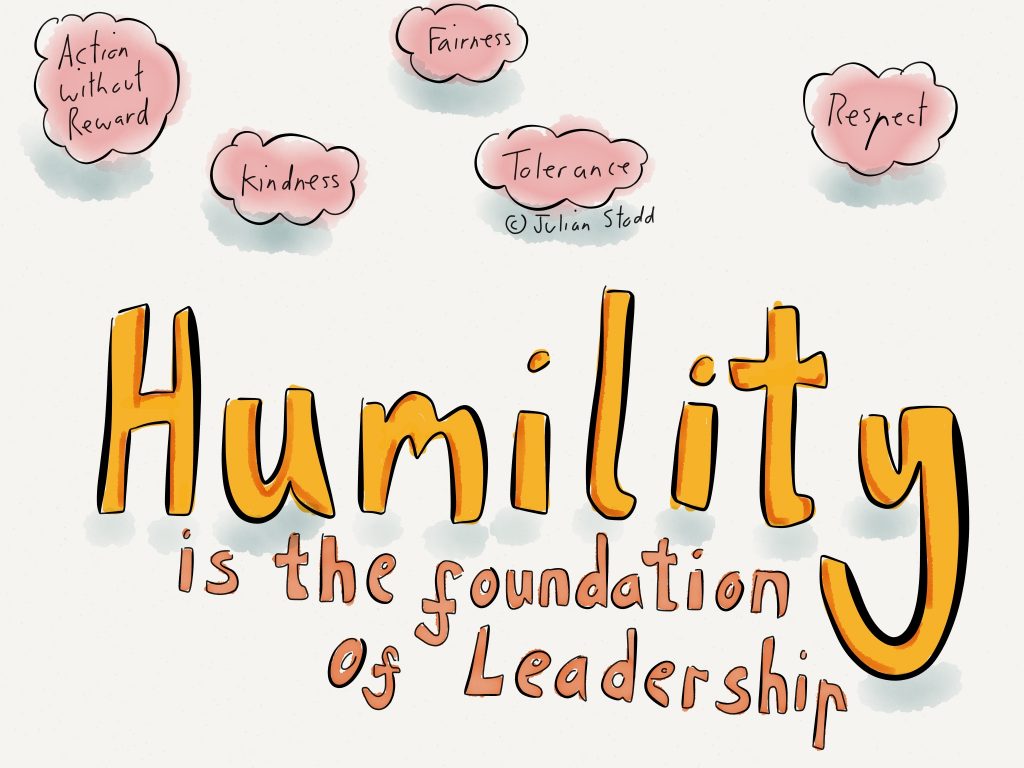

Discipline and Habit Building
Decisions are taxing from a cognitive point of view. If you’ve ever felt mentally exhausted after a day full of meetings, then you know what I mean. This poses a problem when it comes to fitness. Subjecting yourself to this cognitive overload depletes the same pool of resources that you need to focus on the willpower and self-control to do things like go to the gym. Hell, thinking really hard depletes self-control so much that it impacts maximum voluntary strength. Put another way, making hard decisions at work, deciding whether or not to go to the gym, and saying no to that piece of cake all compete for the same pool of mental resources. How do we solve for this pesky little problem? Luckily, Mother Nature provided us a nifty solution.
When something is repeated often enough, the decision to execute that task moves to a part of your brain called the basal ganglia. Once there, the decision is processed in the background and no longer requires a costly conscious decision. This is what’s known as a “habit.” Discipline is the skill that allows us to create habit. You do this by repeating a task over and over again—going to the gym at the same time every day, preparing tomorrow’s meals at the end of every day, etc.
Habits require willpower at the start, but it is a smart and useful utilization of willpower. Discipline allows us to utilize willpower as the “battery” that starts the car, as opposed to the energy source that keeps it going.
How to Trick Your Brain to Create a New Healthy Habit
So What’s Next?
Like any other skill, you’ll need to improve by doing. First, find a diet and training plan to follow for at least eight weeks. This takes research and adding to your “knowledge” skill set. You’ll have to invest some time to find a plan that fits your goals and lifestyle.
Now, here’s the important part. Stick to the program as best as you can, but expect to slip up along the way. When this happens, go through the skills in order that they’re listed here (I was sneaky and listed them in order of priority) to find out what needs to be improved.
Did you find yourself straying off your diet frequently? Focus on mindfulness to find out why. Perhaps you feel guilty after skipping multiple training sessions and can’t get back on the horse? Time for a dose of self-compassion.
Perhaps you realized that the morning is the only time you can train. Utilize some discipline and create habit around waking up early every day, no matter what. Run through each skill and determine what you need to improve. Sometimes, improving a skill—like mindfulness—is as easy as being aware of it.
Do you see the difference in understanding that fitness is a skill? Small failures can be examined and improved upon. If you do not think about fitness in this way, failures are all the same, big or small, and they are all tied to your sense of worth.
Want to know what’s the best thing about embarking on your own fitness transformation? It’s that it makes you an even more amazing person. You will become disciplined enough to do the mundane, tough enough to relentlessly forgive yourself when you fail, and brave enough to be willing to being wrong.
That’s because a successful transformation on the outside first requires a transformation within.
Take home message + some tips
By combining your aerobic exercise — whether it be jogging, walking or riding a stationary bike — with your ab routine, you can extend the length of time you actually spend in the target heart rate zone and consequently burn more fat in the process.
Go through your usual aerobic workout for 15 minutes, then immediately perform two sets of each of the following exercises, resting 30 seconds between each set, thereby extending the time spent in the target heart rate zone. Below are some examples of exercises to incorporate that will optimize your session. This workout will not only “tone”, and build muscle, but will indirectly burn more fat due to increased lean muscle mass. It should take about 10 minutes. Perform two sets of the following exercises. Work to muscle fatigue on each set and rest approximately one minute, or until your heart and breathing rate return to normal, or near normal before repeating. It’s a good idea to warm up before (five minute walk or stationary bike), as well as cool down, and stretch out after every workout.
Bike Kicks
Lie on your back on a mat or padded carpet with the lower back pressed into the floor. Put your hands behind your head (but don’t pull on the head). Bring your knees up to about a 45-degree angle and slowly go through the bicycle pedal motion. Touch your right elbow to your left knee and then left elbow to right knee. Continue to breathe naturally. Alternate opposite elbow to opposite knee in a slow and controlled manner. Move on to the crunch.
Crunch
Lie on your back on a mat or padded carpet with your knees partially bent, feet flat on the floor, arms folded across your chest. Exhale as you press the lower back into the floor and raise your head, shoulders and chest off the floor, concentrating on bringing the ribs towards the hips. Pause briefly as you feel your abs tighten. Inhale as you slowly curl back down, trying not to let your head touch the floor, maintaining tension in the abdominals.
Squat
Stand with your feet shoulder-width apart holding your hands (or dumbbells) at your sides. Head is straight, natural arch maintained in your back. Inhale, swing the arms slightly forward for balance, bending at the knees and hips to a sitting position, thighs parallel to the floor. Your buttock doesnt drop below the level of your knees and knees do not extend beyond toes. Exhale, slowly rising to a standing position with knees and hips straight, allow hands to drop back to your sides. Move on to push up
Push-Up
Lie face down on the floor or mat, hands on the floor, palms down, slightly wider than shoulder width apart, and toes curled under on the floor. Your back and legs are straight (or on your knees). Exhale as you slowly push your body away from the floor. Inhale, lowering yourself back down to the point where your chest barely touches or comes within a few inches of the floor.
You can get an incredible transformation in a short period of time, but all great physiques were built in years – not weeks. So remember to follow these steps and keep in mind that Rome was not built in a day.

